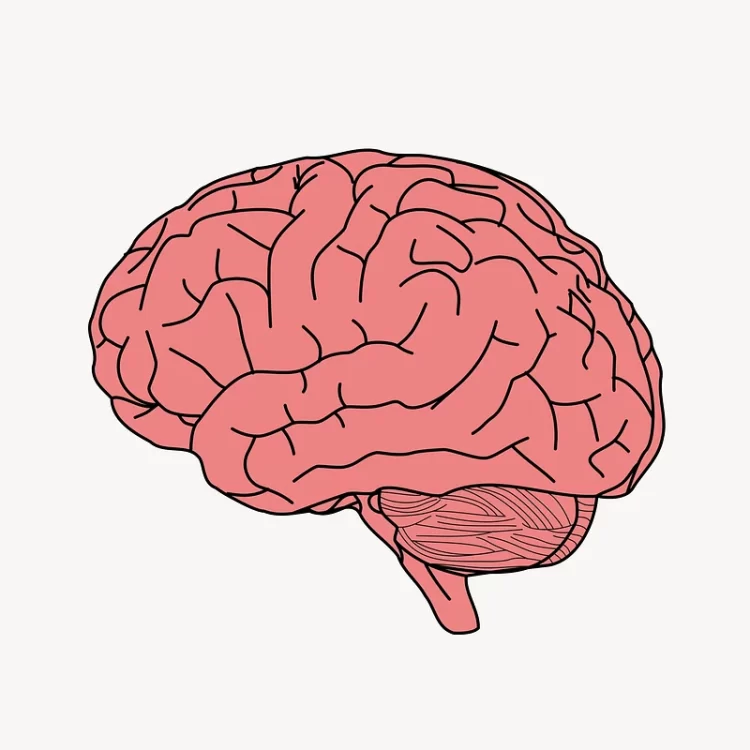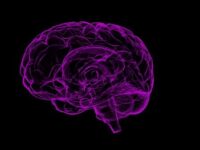According to a 2021 report by Alzheimer’s Disease International, someone in the world develops dementia every three seconds. It is an extremely common disease and diagnoses will only become more frequent; over 30 years, the number of people with dementia is expected to grow by 84 million. Alzheimer’s disease alone accounts for 80% of dementia cases worldwide. Although it’s a common disease, doctors have struggled to find effective treatments for Alzheimer’s. In mild to moderate cases, patients may be prescribed cholinesterase inhibitors such as galantamine or donepezil that help increase communication between nerve cells, or immunotherapies such as lecanemab or aducanumab, which boost the nervous system. More severe cases might require memantine or brexpiprazole, which directly combat dementia. However, there is currently no cure for Alzheimer’s, and medicinal treatments are unable to cure the disease.
One reason why researchers are struggling to find effective treatments is the sheer number of different effects Alzheimer’s has on the brain and body. Generally, the first and most recognizable symptom of the disease is issues with memory. However, with further progression of the disease, individuals may suffer other cognitive and behavioral symptoms, including impaired judgment or reasoning, struggling to find the right words, trouble completing simple tasks, and difficulty recognizing family and friends. At the final stages of disease progression, they may be unable to communicate, have little awareness of their surroundings, and suffer overall physical decline.
So what exactly causes Alzheimer’s disease? Since the 1980s, scientists have known that one of the major pathologic characteristics of Alzheimer’s is tangles of tau protein, which stabilizes a neuron’s structure. When a large amount of tau builds up, it misfolds and clumps, forming tangles that cause the neuron’s structure to fall apart, leading to nerve cell death and cognitive decline. However, researchers still don’t know exactly how tau becomes misfolded and toxic. Due to this knowledge gap, none of the current treatments or therapies for Alzheimer’s disease have been very effective, as these treatments only address the symptoms rather than the root cause of Alzheimer’s. They may slow the progression of the disease but have been largely unsuccessful in preventing further cognitive decline.
Another reason effective Alzheimer’s treatments are difficult to create is because the disease involves multiple types of tau protein. A 2022 study from Aurelio Dregni and his lab found that neurofibrillary tangles in Alzheimer’s disease consist of long filaments of two tau variations called 3R and 4R tau. This example of fluent molecular mixing may explain why Alzheimer’s is more prevalent than other neurodegenerative diseases that only involve one tau protein. When multiple types of tau protein are behaving pathologically, it becomes harder for treatments to target the exact cause of the disease.
“Gene therapies like increasing Trim11 expression would give scientists a way to directly interfere with the accumulation of tau protein, and thus greatly reduce the need for symptom-targeted treatments.”
However, there is hope on the horizon for a better Alzheimer’s treatment. This past July, Zi-Yang Zhang and his lab discovered a few key concepts about a protein called TRIM11. First, they found that TRIM11 is part of a protein quality control system. Protein quality controls, which are found in all organisms, remove excess or mutated protein and prevent misfolding. TRIM11 fills this role for tau protein in three ways: by binding to tau (especially excess amounts or mutated versions) and triggering their elimination, by acting as a guide during tau formation in order to prevent misfolding, and by dissolving existing tau clumps.
Zhang’s study also found that TRIM11 levels are decreased in the brains of those with Alzheimer’s disease. As a result, these individuals don’t have the molecular defense mechanisms to remove tau tangles or prevent them in the first place. Therefore, Zhang and his colleagues concluded that replenishing TRIM11 levels through up-regulation could reduce the development and accumulation of tau tangles, greatly improving cognitive and motor function. In this case, up-regulation would involve making receptors more sensitive, allowing for greater expression of the Trim11 gene. Since its expression is highly regulated, up-regulating TRIM11 could be done using fairly small molecules, making it an arguably simple task.
“Zhang’s study also found that TRIM11 levels are decreased in the brains of those with Alzheimer’s disease.”
Gene therapies like increasing Trim11 expression would give scientists a way to directly interfere with the accumulation of tau protein, and thus greatly reduce the need for symptom-targeted treatments. While there is plenty of room for further research, as scientists still don’t know what exactly makes tau misfold and form tangles, identifying genes like Trim11 that play a crucial role in tau maintenance is a promising approach to creating more effective treatments for Alzheimer’s disease.






